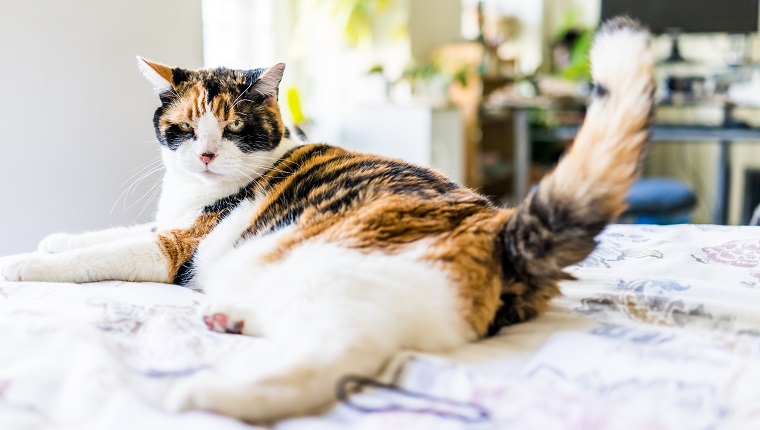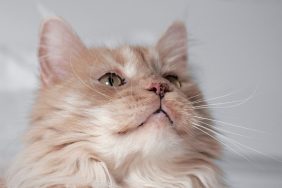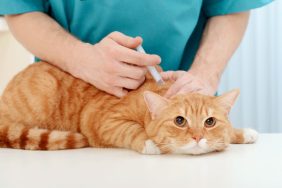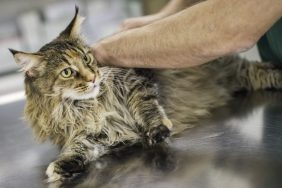Stud tail in cats is a condition that affects a cat’s tail in a fashion similar to human acne. This is due to the cat’s sebaceous glands producing too much oil that, in turn, clogs pores, usually around the part where the tail meets the back.
The condition is most common in male cats. If you see the signs in your cat, then you must get to a veterinarian for a proper diagnosis and treatment.
Here’s what you should know about the symptoms, causes, and treatments for stud tail in cats.
Symptoms Of Stud Tail In Cats
Stud tail in cats usually presents a number of symptoms that are quite easy for any cat parent to spot.
Common symptoms include:
- Fur becoming greasy around the tail and back
- Blackheads visible around the tail
- Pus present around the tail
- A discoloration of the tail fur
- Losing hair around the tail and back
Causes Of Stud Tail In Cats
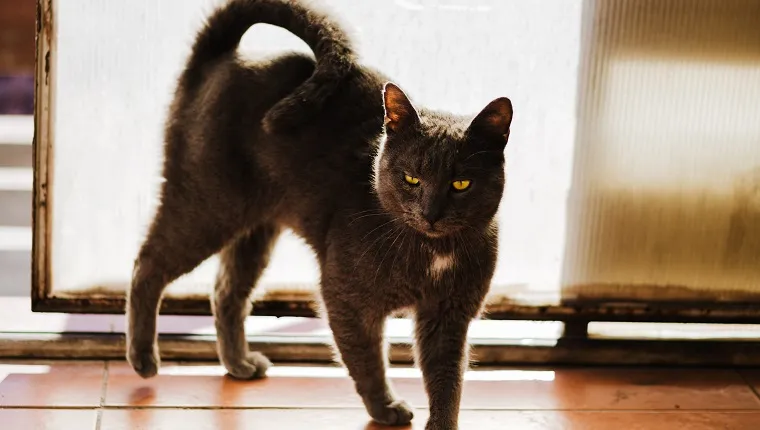
The cause of stud tail in cats comes from the animal’s sebaceous glands producing too much of the oily substance sebum, which then clogs the pores.
This is a hormonal effect that is especially likely to happen when a male cat who hasn’t been neutered reaches puberty.
Treatments For Stud Tail In Cats
If your veterinarian suspects that your cat is suffering from stud tail, they’ll conduct a thorough visual examination of the affected area. While the condition can be easy enough to spot, it’s important to rule out other skin conditions and ailments.
When it comes to treatment, it’s key to clean the affected area and then keep the sebum production levels lower. Your vet might prescribe a special antibacterial shampoo to help keep the tail area clean.
In some cases, they might also prescribe some sort of topical medicine too, similar to the way we use human acne creams. But never use topical human medicines on cats or other animals.
Once your vet has cleaned the affected area, they might also recommend neutering your cat if you have a male feline.
Have you ever taken care of a cat suffering from stud tail? What advice did your vet give you to treat the issue? Let us know in the comments section below.
